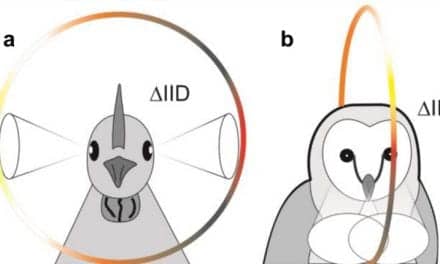Maywood, Ill. — Surgery to remove tumors under the brain known as acoustic neuromas produces favorable outcomes in the "vast majority" of patients, according to a study from Loyola University Hospital surgeons Douglas Anderson, MD, and John Leonetti, MD.
An acoustic neuroma, also known as a vestibular schwannoma, is a slow-growing, usually benign, tumor, located behind the ear on the nerve that connects the ear to the brain. The tumor can cause hearing loss in one ear and paralysis on one side of the face. If the tumor grows large enough, it can be fatal. Treatment options include microsurgery (surgery with a microscope), radiation or simply keeping a watchful eye on the tumor.
For their study, Anderson and Leonetti followed 730 patients whom they had jointly operated on during a 21-year period. Patients ranged in age from 9 to 79, with a median age of 48. The average clinical follow-up was 32 months.
Leonetti and Anderson work as a team, with Leonetti gaining access to the tumor and Anderson removing it. If the patient still retains hearing, Leonetti uses one of two surgical techniques, called the retrosigmoid approach or the middle fossa approach. If the patient has lost all hearing, Leonetti uses a technique called the translabyrinthine approach.
Every patient survived the surgery, and the surgeons were able to completely remove the tumors in 95.1 percent of the patients. Ninety percent of patients experienced little or no facial paralysis. And among those who still retained hearing in the affected ear before surgery, 44 percent came out of the surgery with useful hearing in that ear, and 63 percent had at least some hearing.
In the study, the average tumor diameter was 2.2 cm, and 89.5 percent of patients had experienced partial or complete loss of hearing in one ear. Other presurgery symptoms included tinnitus (43.7 percent of patients), dizziness/imbalance (26.8 percent), facial numbness (11.1 percent), headache (10.3 percent) and facial weakness (2.6 percent).
The study results were recently presented at the 2010 Congress of Neurological Surgeons, which awarded Anderson the prestigious Synthes Skull Base Surgery Award.
Other co-authors of the study are Dr. Edward Perry, a resident in neurological surgery and Marc Pisansky, a research assistant.
SOURCE: Loyola University Hospital




